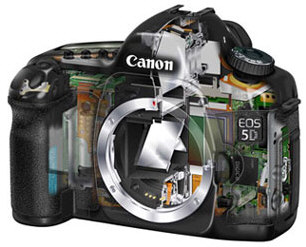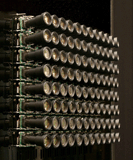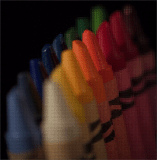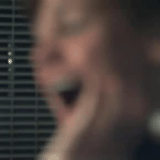





|

|

|

|

|
| A cutaway view showing some of the optical and electronic components in a Canon 5D - one of the most capable prosumer digital cameras (image from Canon USA). | Stanford's multi-camera array. In the arrangement shown above, 100 VGA cameras are combined to create a 30 megapixel virtual video camera. | By inserting a microlens array into a conventional handheld camera, one can create a plenoptic camera, which can record a light field in a single snapshot. | The photographs produced by a plenoptic camera can be refocused after they are captured, and the viewpoint can be moved. Click above for an example of digital refocusing. | Dual photography lets us read a hidden playing card from its reflection in the page of a book. The card's face is shown at lower-right. |
|
|
Although the digital photography industry is expanding rapidly, most digital cameras still look and feel like film cameras, and they offer roughly the same set of features and controls. However, as sensors and in-camera processing systems improve, these cameras will begin to offer capabilities that film cameras never had. Among these will be the ability to refocus photographs after they are taken (see the example above), or to combine views taken with different camera settings, aim, or placement. Equally exciting are new technologies for creating efficient, controllable illumination. Future "flashbulbs" may be pulsed LEDs or video projectors, with the ability to selectively illuminate objects, recolor the scene, or extract shape information. These developments force us to relax our notion of what constitutes "a photograph." They also blur the distinction between photography and scene modeling. These changes will lead to new photographic techniques, new scientific tools, and possibly new art forms.
In this one-time seminar course, we will survey the converging technologies of digital photography, computational imaging, and image-based rendering, and we will explore the new imaging modalities that they enable. Here is a tentative schedule of lectures.
The course is targeted to both CS and EE students, reflecting our conviction that successful researchers in this area must understand both the algorithms and the underlying technologies. Most classes will consist of a lecture by one of the instructors. These lectures may be accompanied by readings from textbooks or the research literature. These readings will be handed out in class or placed on the course web site. Students are expected to: